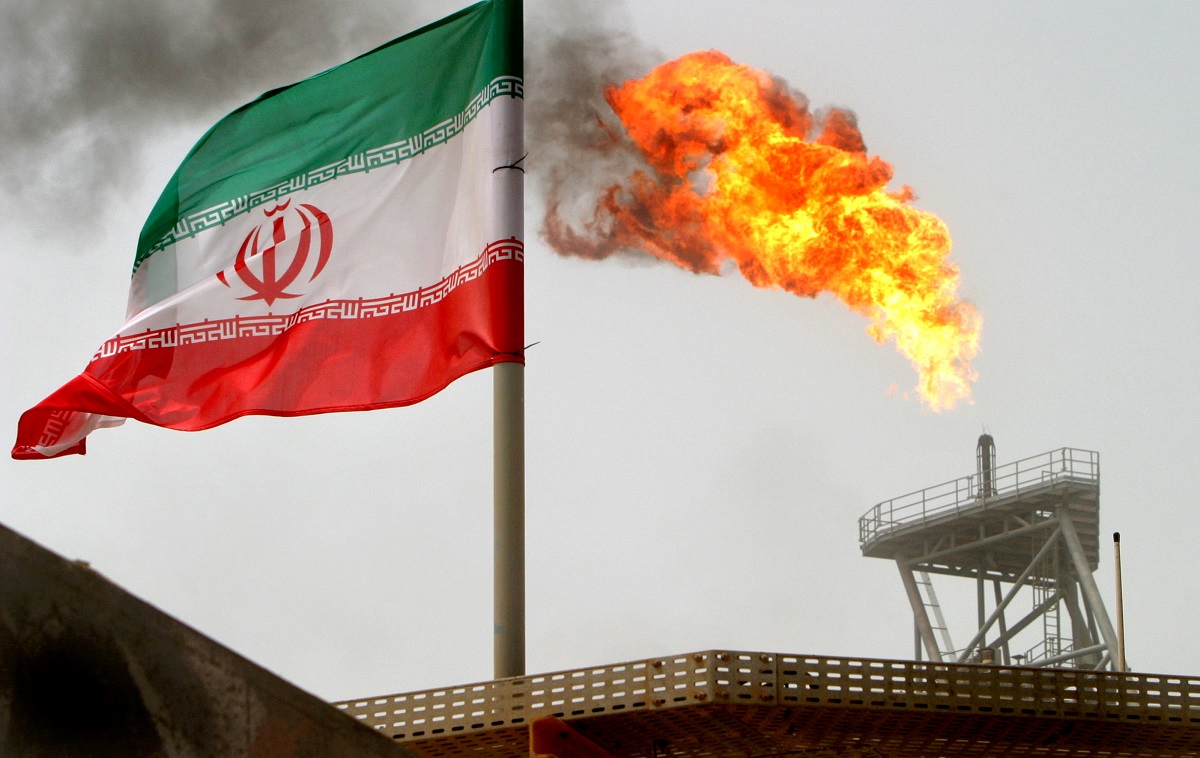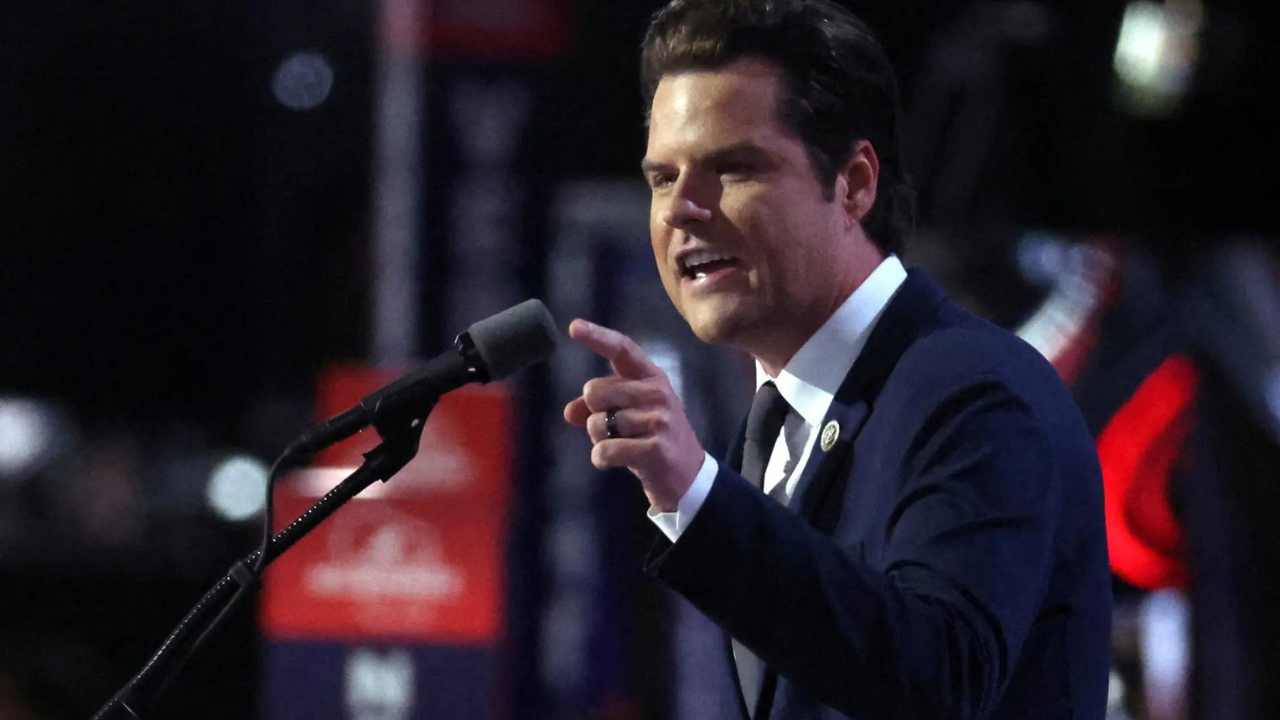ARTICLE AD BOX
Donald Trump's 2024 victory is very reminiscent of his 2016 one. However, comparing Trump's 2016 and 2024 presidential campaigns reveals some striking differences as well.
Despite the passage of time, Trump's appeal remained consistent across both elections. His support base remained loyal, and he continued to draw significant support from key demographic groups.
According to a CNN exit poll, White voters without college degrees have always supported Trump and this was the case in 2024 as well. Latino voters were shifting towards Trump since 2016, but this year, Trump won them in full glory. Votes from women plateaued for Harris as compared to women's votes for Biden and Clinton, even though she aimed to mobilise women through reproductive rights and Trump enjoyed his edge among men.
One notable difference between the two elections was Trump's ability to secure a popular vote majority in 2024. This was a significant departure from 2016, where he lost the popular vote to Hillary Clinton.
Nevertheless, Trump's false statements have remained consistent over the years. His comments on crime rates and poverty have been a subject of debate. In 2016, he highlighted a 17% increase in homicides in the 50 largest US cities, which was the largest increase in 25 years. However, this claim cherry-picked statistics and ignored the overall decline in murders during the Obama administration and preceding decades.
Fast-forward to 2024, Trump claimed that "our crime rate is going up," but according to the FBI's preliminary analysis, violent crime and property crime are near historic lows and decreased in the first quarter. His 2016 statement on Latino poverty was accurate in raw numbers, stating that two million more Latinos were in poverty since Obama took office. However, he omitted the fact that the Latino population grew and their poverty rate actually decreased.
Trump's selective use of statistics has raised concerns. For instance, while food prices have increased by 21% and gas prices by 35% since Biden took office, Trump's claims exaggerate these numbers. He mentioned a 57 per cent increase in the cost of groceries and 60 per cent increase in gas.
The 2024 election also highlighted the ongoing issues with polling accuracy. Despite efforts to improve polling techniques, Trump's support was consistently underestimated during both the years - 2016 and 2024. Hilary Clinton and Kamala Harris had both headed into Election Day asserting that they would defeat Trump.
The Trump voter phenomenon has left many scratching their heads, and two key theories attempt to explain why polling predictions often miss the mark. Firstly, Trump supporters tend to be anti-establishment and wary of authority, which may lead them to systematically refuse pollsters' calls, essentially staying under the radar. This reluctance to engage with pollsters could be due to a sense of mistrust or a desire to keep their opinions private.
Secondly, some hypothesise that the criteria pollsters use to identify "likely" voters inadvertently screens out individuals inclined to support Trump.
The "Bradley effect" or "Wilder effect" offers insight into this phenomenon, where voters conceal their true preferences due to social desirability bias, particularly when faced with questions about racial or sensitive topics.
The similarities between the 2016 and 2024 elections suggest that American politics has become increasingly polarised. The country is largely divided between two equal-sized coalitions, resulting in Groundhog Day-style repeat elections. This polarisation has significant implications for the future of American politics.
After Barack Obama's win in 2008, the country was positive about heading in the right direction, fair, even-handed and unbiased. However, after two disastrous losses of 2016 and 2024, it is hard to shirk off the thought that the losses might just be related to the candidates' identities since one of the common denominators between both the elections are that the Democratic contenders were both women.
.png)
 1 week ago
1
1 week ago
1








 English (US)
English (US)